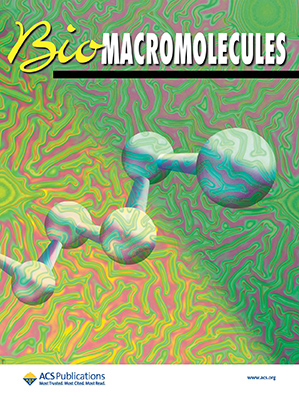Abstract
Polyhydroxyalkanoates (PHAs) are naturally occurring organic polyesters that are of interest for industrial and biomedical applications. These polymers are synthesized by most bacteria in times of unbalanced nutrient availability from a variety of substrates and they are deposited intracellularly as insoluble spherical inclusions or PHA granules. The granules consist of a polyester core, surrounded by a boundary layer with embedded or attached proteins that include the PHA synthase, phasins, depolymerizing enzymes, and regulatory proteins. Apart from ongoing industrial interest in the material PHA, more recently there has also been increasing interest in applications of the PHA granules as nano-/micro-beads after it was conceived that fusions to the granule associated proteins (GAPs) provide a way to immobilize target proteins at the granule surface. This review gives an overview of PHA granules in general, including biogenesis and GAPs, and focuses on their potential use as nano-/micro-beads in biotechnological and biomedical applications.
